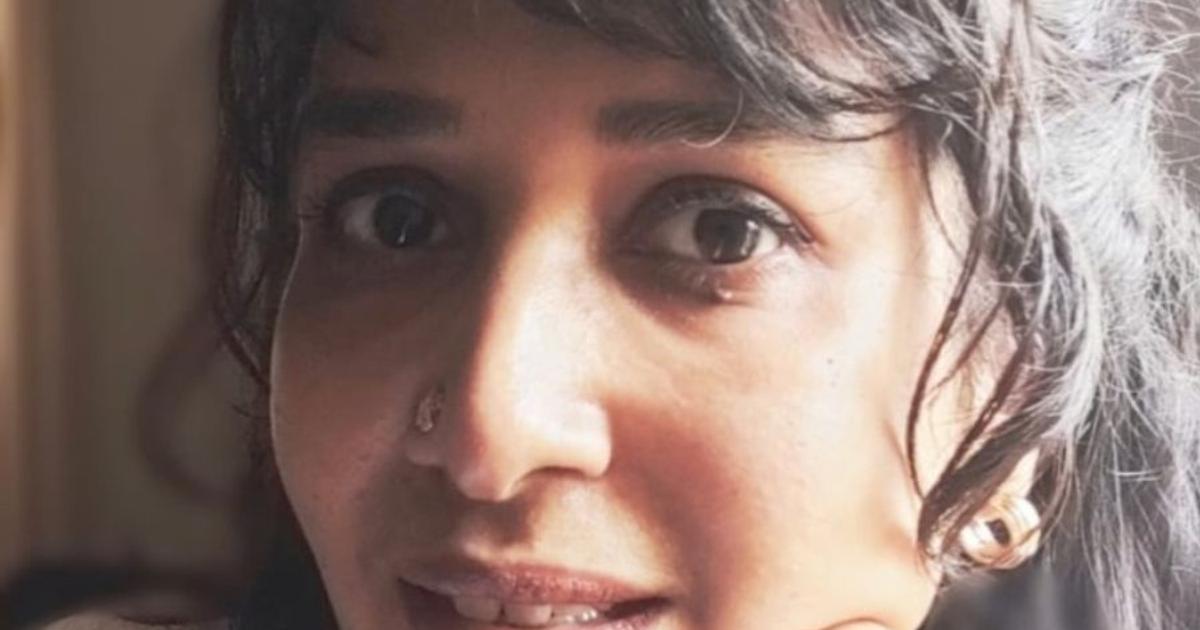Maybe this world is flat. Just not in India.
Without crests and troughs, inconsistencies, and unevenness, India wouldn’t be herself. It’s her pluralistic reality that gives her a singular identity. The India that was poised, shone, and arrived is proof that the nation nurtured a ‘diversity model’ long before it became a woke vow in boardrooms. Our truth isn’t just that we are diverse, but more that without diversity, we would struggle to thrive at any significant level; intellectual, spiritual, emotional, and economical.
Preservation of our diversity extends beyond affirming our identity on the world map; it’s a quantum rebellion against non-Indian ideas of cultural centralization, linearity, and sameness. The Indian ethos is that the ‘many’ and the ‘one’ co-exist to co-serve harmoniously. Rangolis illustrate this beautifully. Their one function is to make connecting with the divine a daily discipline. In different regions of India, there are many forms that help keep the practice engaging.
Sri Aurobindo said, ‘While diversity is necessary for the fruitfulness of life, unity is necessary for order. Unity we must create, but not necessarily uniformity.’ Regional diversity is how this perspective manifests in our country. And India is finally embracing this individuality after decades of anxiously appropriating the Western gaze. While political regionalism and parochial sentiment have always existed, it’s reassuring to see positively-inclined cultural regionalism coming of age and flourishing.
Our nation was historically composed of many smaller culture-nations. In addition, commercial enterprises have always responded to this; regional cable TV channels, beauty pageants, etc. What’s momentous about today is the intensification of pride in regional identities. Here are some of the milestone moments when popular culture has leveraged sentiment and shifted paradigms.
Cricket fanaticism and the genius of IPL
Building on cricket fanaticism and regional identities, T20 disrupted the game format. People suddenly became interested in watching cricket because their state’s team was playing.
Music steps in
Remember when Kolaveri was all the rage? Or when Gully Boy introduced Bombay’s rap subculture to the country? Today, Bollywood releases dance anthems and entire OSTs in multiple languages.
Cinema proves that in India, regional is the true universal
Early success of Bahubali seems to have ignited pan-Indian cinema, followed by KGF, Pushpa, RRR, PS-1 etc. Who would have imagined that Kantara, a story anchored in the tribal practice of Bhoota Kola, would have such resounding relevance across the country. Look closer, it’s no surprise. Many tribes practice deity channelling or deity dance. It’s just the form that changes. Folklore, mythology, and spirituality are common themes in tribal cultures. They also face similar problems with constitutional rights, caste discrimination and low literacy. Of course, it resonated widely.
National brands enter the regional arena
As regional players have become increasingly brand savvy, national brands have realised they must win regionally in order to win nationally.
Regional is the new state of influence
Video consumption in local languages on YouTube is massive, so regional influencers are quickly populating the ecosystem. Audiences are increasingly seeking authenticity. Local influencers have a deep understanding of regional languages, dialects, and vernacular idioms coupled with a familiarity-based bond.
These are all manifestations of broader shifts and brave new perspectives that point to exciting opportunities. There is a surge of pride in core cultural identities, and a demand for authentic representation. Indians want to see their reality reflected in all forms of content. Furthermore, culture encompasses shared norms, values, and beliefs. Insight mining methods can go beyond conventional approaches. Studying subcultures and countercultures can be enriching. In a nutshell, future-paths for today’s brands are exciting. Regardless of which path is chosen, there is a human tendency to navigate. We tend to speak of tolerance when it comes to cultural differences, but we only need to tolerate what’s problematic. As brand custodians it’s essential to ensure our work evokes respect and celebration, rather than reinforcing parochial tolerance. After all, things can be different yet equal.
Sushma Rao is senior vice president of planning at MullenLowe Lintas
THE FIRST E-COMMERCE SPECIALIZED ON TRUFFLES AND TRUFFLE PRODUCTS – TRUFFLEAT.IT

